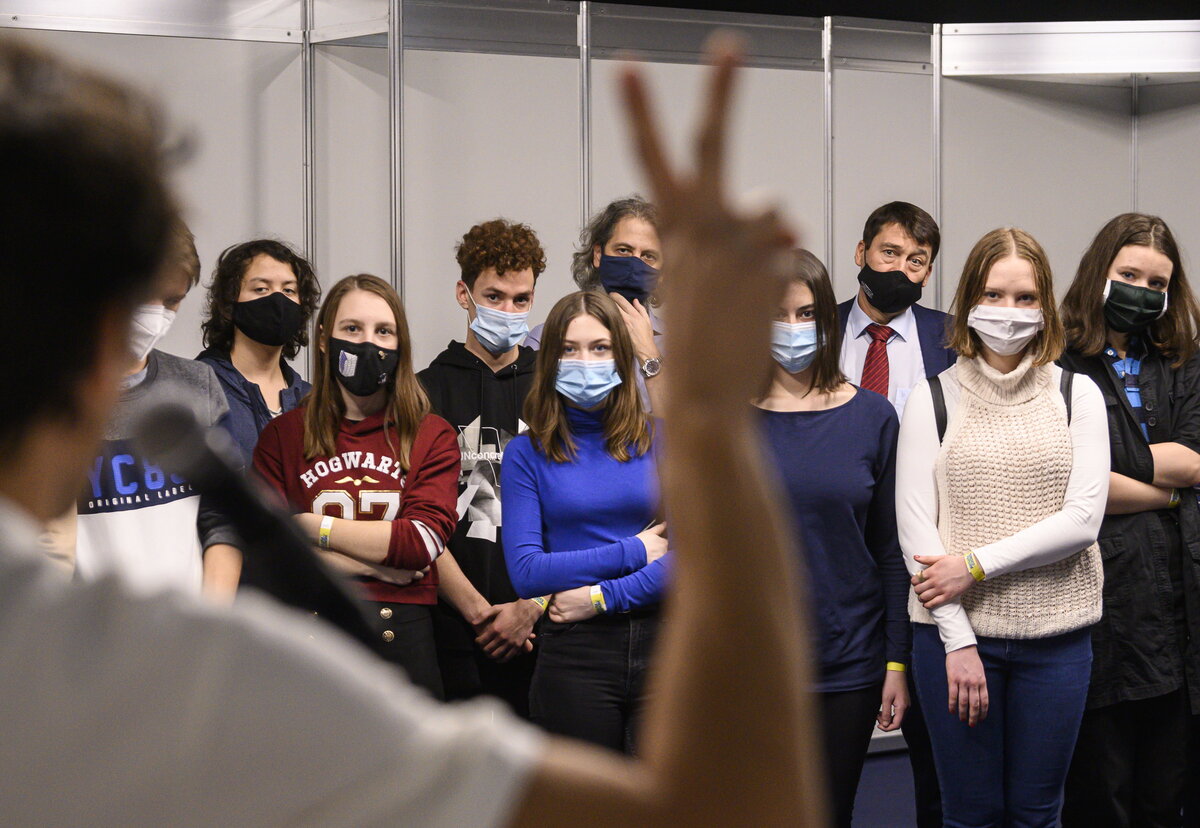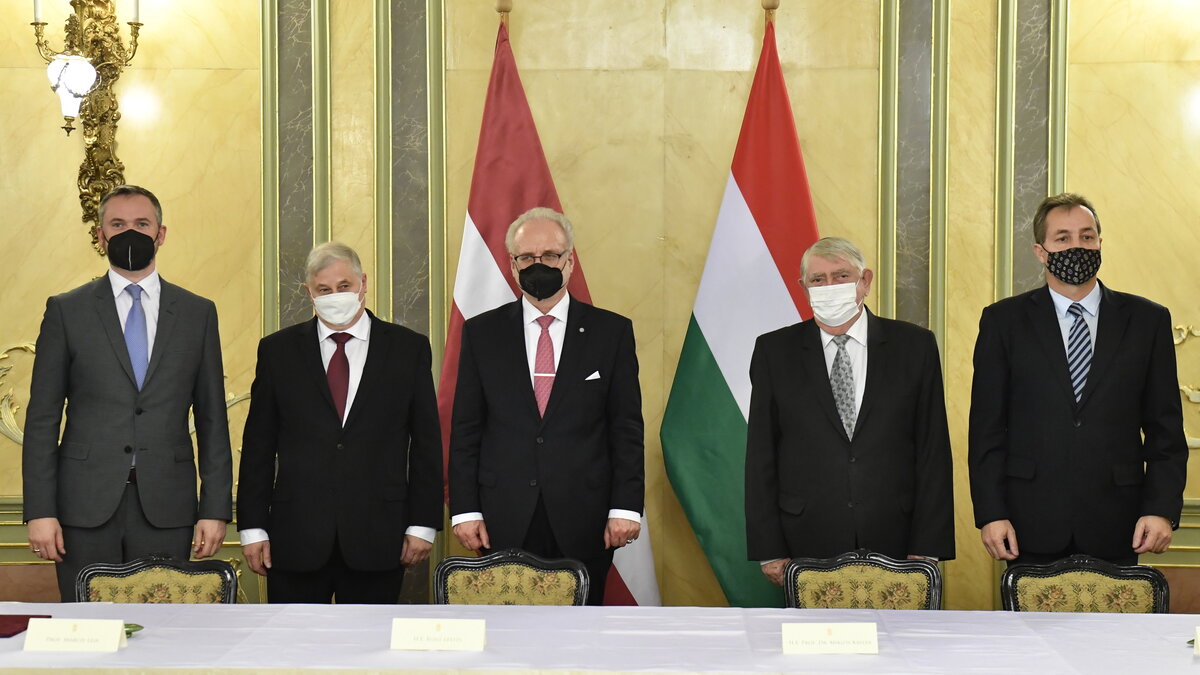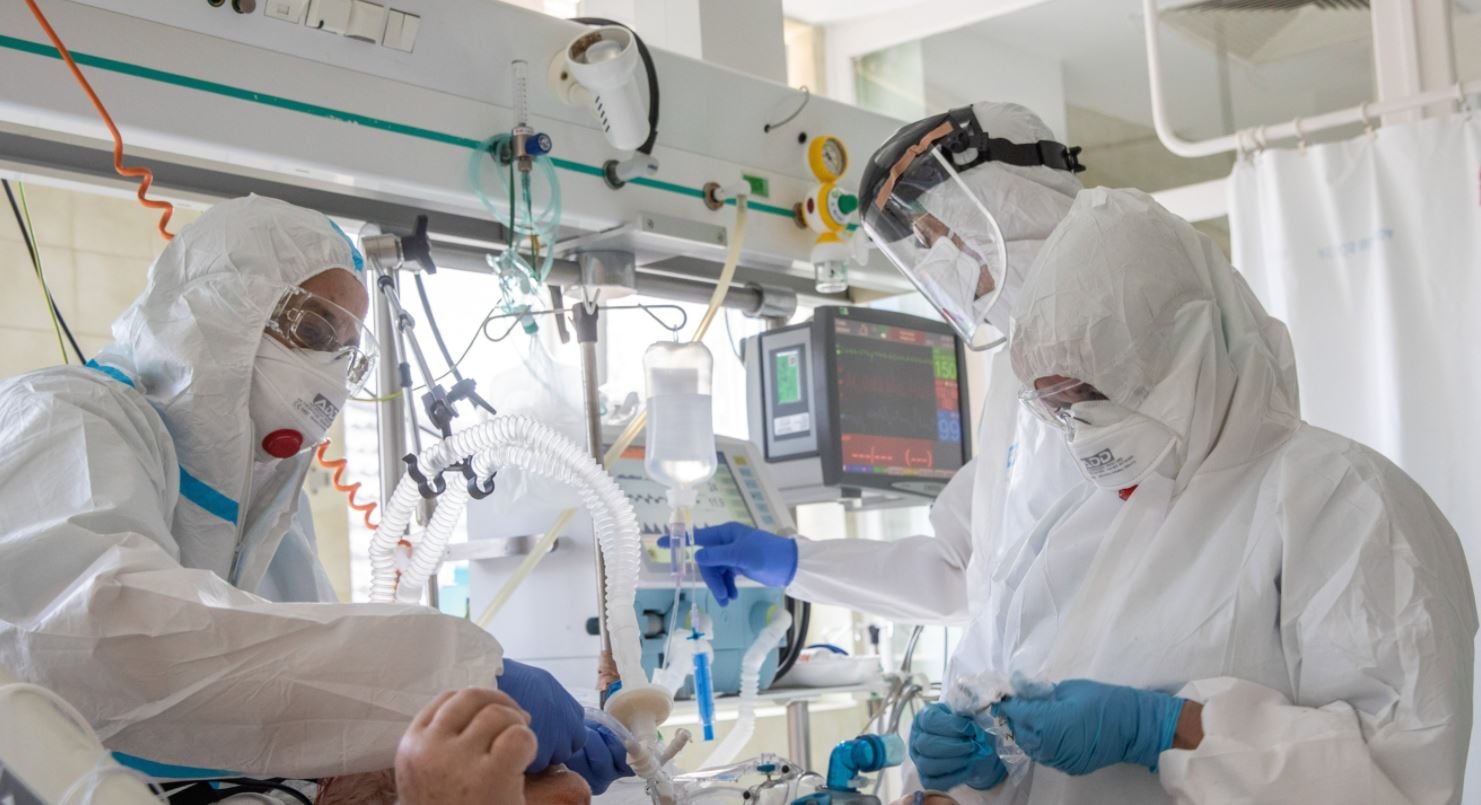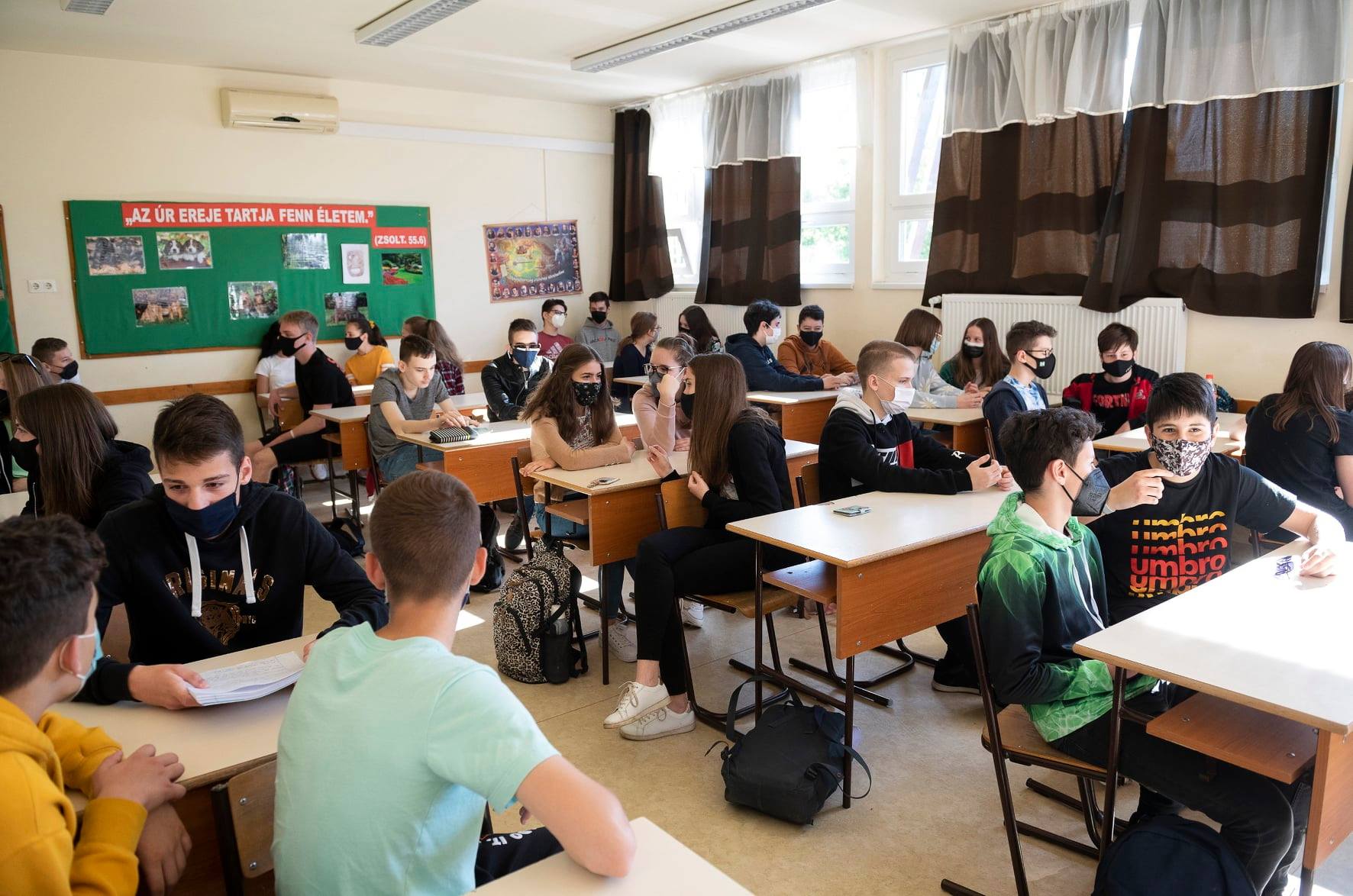Great news! MOME launches MA courses in English language

Moholy-Nagy University of Art and Design (MOME) is launching its first fully English-language MA courses. In 2021, the Foundation for Moholy-Nagy University of Art and Design, the maintainer of the institution, asked the university to ensure the launch of at least two English-language MA programmes per year for three years from autumn 2022. The first two MA courses in English will be Photography and Interaction Design.
“Our goal is to make MOME the most prestigious university in Central Europe by 2030. This will require having English-language courses that are competitive with those offered by Western universities and can attract talents from the Baltic to the Western Balkans. Hungarian students will also benefit from the arrival of foreign students by improving their language skills and networking. Last but not least, strengthening our ties on personal and professional levels will be beneficial for Hungary and the whole of Central Europe”,
emphasized Gergely Böszörményi-Nagy, President of the MOME Foundation.
“It is symbolic that one of our first two English-language MA programmes will start in photography, a field of study that has been recognised and popular for decades and closely linked to the oeuvre of László Moholy-Nagy, while the other is a new and distinctly futuristic field that aims to exploit the potential of the digital age. Tradition and commitment to the future together embody the spirit of MOME”,
said József Fülöp, Rector of MOME.
Until April 2022, MOME will promote the new MA courses in the region using a targeted communication campaign, with a special focus on undergraduate art students in Belgrade, Brno, Krakow, Ljubljana, Łódź, Bratislava, Prague and Warsaw.
The price of the courses starting now will be relatively high compared to those offered in the region, but there will be a special scholarship programme for the best applicants from Central Europe.
Naturally, the English-language courses will also be available to Hungarian students with the usual state-funded options, even up to the full cost of their studies.
- Read more news about higher education in Hungary
MOME Changes Model
Since August 2020, the 142 year-old Moholy-Nagy University of Art and Design (MOME) has been operating in a foundation framework.
As part of the model change, MOME has created a long-term strategy, renewed its research & development activities, launched the digitalisation of the university’s internal processes and started to modernise its trainings. In addition to the traditionally high quality art and design education, from 2022, MOME will introduce entrepreneurial education for all undergraduate students and launch its first English-language MA programmes. In 2021, MOME’s budget has nearly quadrupled, and the foundation has also decided to grant the most substantial pay rise to teachers in the history of Hungarian higher education.
Read more details HERE.












































